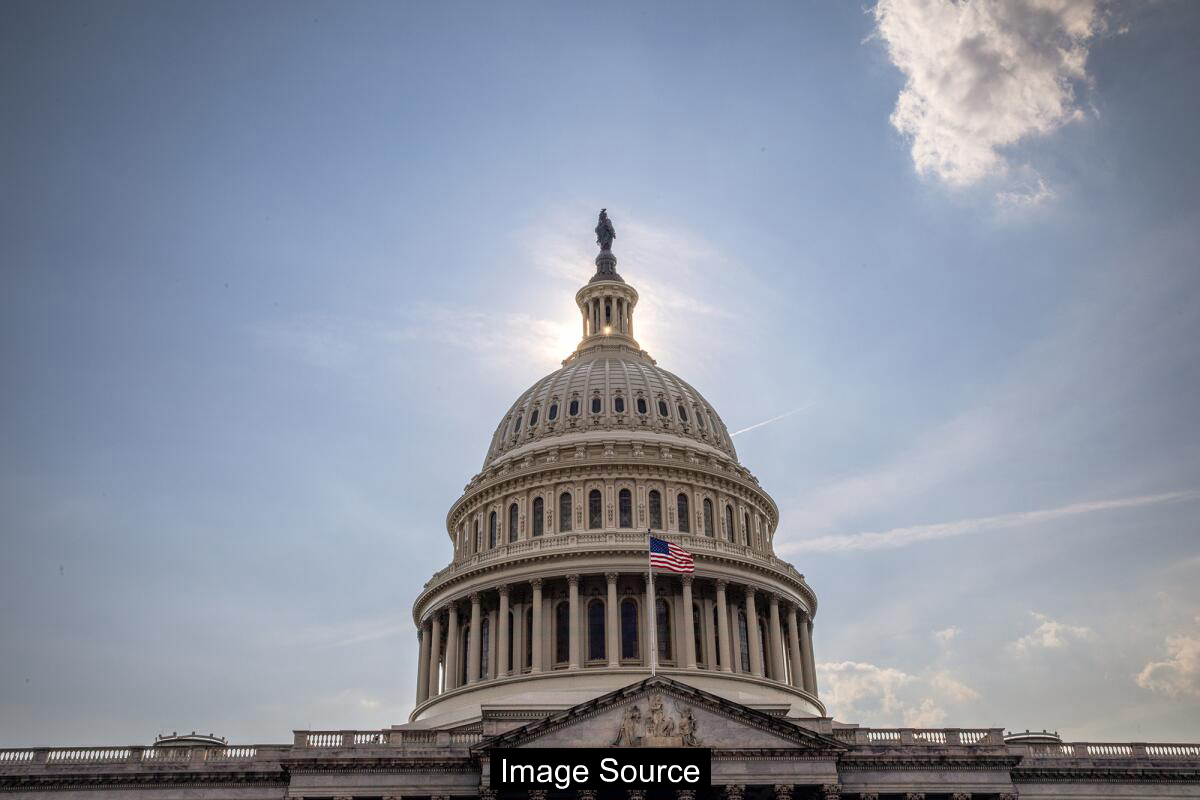California public media organizations are confronting significant financial challenges as state budget allocations have dramatically decreased in recent months. The reduction in funding threatens to impact local news coverage, educational programming, and community broadcasting services across the state. These cuts come amid broader economic pressures and shifting media landscape dynamics.

Public Broadcasting Under Threat
California’s public broadcasting landscape faces unprecedented challenges following congressional funding cuts. Republicans have successfully rescinded $1.1 billion from the Corporation for Public Broadcasting, threatening dozens of radio and television stations across the state. These cuts target a critical infrastructure that provides essential local news and emergency information to rural and underserved communities.
The funding elimination represents a long-standing ideological battle, with conservative lawmakers arguing that public media should rely on private donors rather than taxpayer support. All nine of California’s Republican congressional representatives voted in favor of the cuts, signaling a coordinated effort to reshape public media funding models.
Stations ranging from small community affiliates to large metropolitan networks now confront difficult decisions about survival, programming, and staffing. The potential consequences extend far beyond budget spreadsheets, potentially silencing important local voices and reducing access to specialized regional reporting.

Impact on Local Communities
Rural and remote communities stand to suffer most from these broadcasting cuts. Stations like KZYX in Mendocino County, which serves approximately 130,000 listeners, have already been forced to reduce staff and limit in-depth reporting. The station’s news coverage will likely transform from comprehensive local interviews to headline-style updates.
Emergency communication represents another critical concern. Many rural residents depend on public radio stations for vital safety information during natural disasters, power outages, and severe weather events. Frank Lanzone from KCBX notes that his station has frequently been the sole on-air source during dangerous conditions.
Local programming faces the most immediate threat. Shows like ‘Inland Edition’ and ‘Learn With Me’ — Emmy and award-winning productions that reflect regional experiences — may disappear entirely. These programs represent more than entertainment; they are cultural lifelines connecting communities through shared narratives.
Station Survival Strategies
Public broadcasting leaders are exploring multiple strategies to mitigate funding losses. Collaboration emerges as a key survival tactic, with larger stations like KQED developing statewide partnership networks to share resources and reduce individual financial burdens.
Fundraising will become increasingly critical. Stations must now rely more heavily on community support, membership drives, and private donations to replace lost federal funding. This shift represents a fundamental transformation of their operational models.
Some stations are implementing aggressive cost-cutting measures. KQED, for instance, has already reduced its workforce by 15%, eliminating 45 positions through layoffs and early retirement offers. Similar reductions are occurring at other major affiliates like LAist.
Technical and Infrastructure Challenges
Beyond programming, the funding cuts compromise critical technical infrastructure. Radio Bilingüe, a prominent Spanish-language network, has been forced to cancel plans for expanding transmission capabilities. Their existing equipment, some dating back to the 1980s, risks complete failure without significant investment.
Federal grants previously supported transmission repairs and helped negotiate artist royalty fees. With these resources eliminated, stations must now independently manage complex technical and legal requirements that were previously centralized.
The potential long-term technological degradation threatens not just individual stations, but the entire public broadcasting ecosystem. Aging equipment and limited upgrade paths could gradually erode broadcast quality and reliability.
Questions & Concerns
Q1. How will these funding cuts affect emergency communications in rural areas?
A1. Public radio stations are often the primary emergency information source for communities without reliable internet or cellular service. Reduced funding threatens these critical communication channels.
Q2. Can private donations realistically replace federal funding?
A2. While community support is crucial, the scale of federal grants makes complete replacement challenging. Stations will likely need to dramatically restructure operations and potentially reduce service areas.
The uncertainty surrounding public broadcasting’s future raises significant questions about media diversity, local representation, and information access for marginalized communities.
Future Outlook
The current funding landscape suggests a challenging trajectory for public broadcasting. Stations must innovate rapidly, balancing financial constraints with their core mission of providing comprehensive, community-focused media.
Collaboration, technological adaptation, and aggressive fundraising will be essential survival strategies. Stations that can quickly pivot and diversify revenue streams are most likely to endure this challenging transition.
Despite the immediate challenges, public broadcasting leaders remain committed to their fundamental purpose: serving communities through informed, locally produced content. The road ahead is uncertain, but their dedication remains unwavering.
※ This article summarizes publicly available reporting and is provided for general information only. It is not legal, medical, or investment advice. Please consult a qualified professional for decisions.
Source: latimes.com